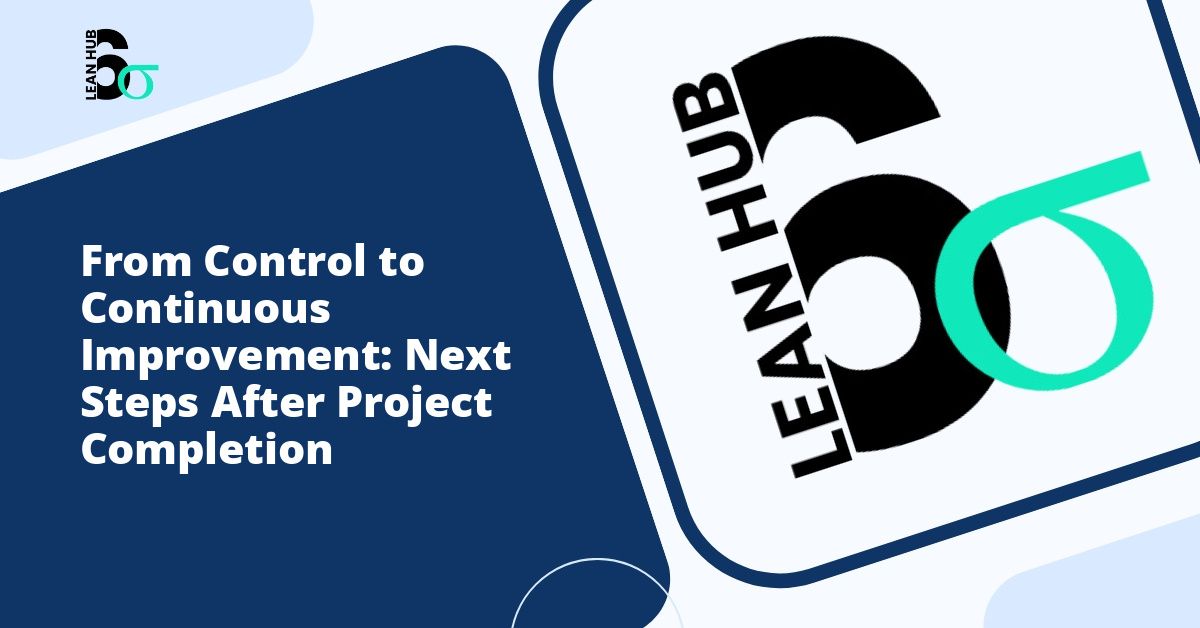Organizations invest considerable time, resources, and effort into implementing improvements across their operations. Yet, a troubling pattern emerges in many companies: initial gains gradually erode, and old habits resurface. This phenomenon, often called “backsliding,” represents one of the most significant challenges in organizational change management. Understanding how to sustain improvements is not merely beneficial but essential for long-term success and competitive advantage.
The reality is stark. Research indicates that approximately 70% of organizational change initiatives fail to achieve their intended outcomes, with many successes proving temporary. The question becomes not whether improvements can be made, but rather how they can be maintained over time. This article explores comprehensive strategies for ensuring that your hard-won improvements remain permanent fixtures in your organization. You might also enjoy reading about Control Plan Checklist: 12 Essential Elements for Sustaining Improvements in Your Organization.
Understanding the Challenge of Sustainability
Before implementing sustainability strategies, it is crucial to understand why improvements fail to stick. Several factors contribute to this common problem. Human nature gravitates toward familiar patterns, even when those patterns are less efficient. When faced with pressure or stress, employees often revert to what they know best, abandoning newly learned procedures. You might also enjoy reading about How to Calculate Control Limits for Your Process Metrics: A Complete Guide.
Organizational memory also plays a critical role. As time passes and personnel change, the reasons behind specific improvements may be forgotten. New team members may not understand why certain processes exist, leading to modifications or abandonment of beneficial practices. Additionally, without proper reinforcement mechanisms, competing priorities can overshadow the importance of maintaining improvements. You might also enjoy reading about Statistical Process Control Explained: Monitoring Your Process Over Time.
The Role of Lean Six Sigma in Sustainable Change
The lean six sigma methodology provides a structured framework for not only implementing improvements but also sustaining them over time. This approach combines the waste-reduction principles of lean manufacturing with the statistical rigor of Six Sigma, creating a powerful toolkit for organizational transformation.
What makes lean six sigma particularly effective for sustainability is its systematic approach to problem-solving. The methodology requires organizations to follow a disciplined path: Define, Measure, Analyze, Improve, and Control (DMAIC). Each phase builds upon the previous one, creating a comprehensive roadmap for lasting change.
The Control phase of DMAIC specifically addresses sustainability concerns. This phase ensures that gains are maintained through documentation, monitoring systems, and response plans. However, sustainability requires more than just following a methodology. It demands a cultural shift and organizational commitment that extends beyond any single project or initiative.
The Recognize Phase: Building a Foundation for Success
While traditional improvement methodologies focus on technical implementation, forward-thinking organizations are incorporating what might be called a recognize phase into their sustainability efforts. This phase involves acknowledging both the achievements made and the ongoing effort required to maintain them.
The recognize phase serves multiple purposes. First, it validates the work of team members who contributed to improvements, reinforcing the value of their efforts. Second, it creates awareness throughout the organization about what has changed and why those changes matter. Third, it establishes baseline metrics against which future performance can be measured.
During this phase, organizations should document the current state thoroughly, including processes, performance metrics, and stakeholder feedback. This documentation serves as a reference point and reminds everyone of the journey taken to reach this improved state. Recognition also involves celebrating successes in ways that are meaningful to team members, whether through formal acknowledgment, rewards, or career development opportunities.
Essential Strategies for Maintaining Improvements
Establish Clear Ownership and Accountability
Every improvement must have a designated owner responsible for monitoring its continued effectiveness. This person or team should have the authority to make adjustments, the resources to maintain systems, and a clear understanding of expected outcomes. Without ownership, improvements become orphaned processes that gradually decay.
Accountability structures should include regular check-ins, performance reviews, and escalation procedures when problems arise. These mechanisms ensure that sustainability remains a priority rather than an afterthought.
Implement Robust Monitoring Systems
What gets measured gets managed. Effective monitoring systems provide early warning signals when processes begin to drift from their improved state. These systems should include:
- Key Performance Indicators (KPIs) that directly reflect the improvement objectives
- Regular data collection and analysis procedures
- Visual management tools that make performance transparent
- Automated alerts when metrics fall outside acceptable ranges
- Dashboards that provide real-time visibility to stakeholders
The monitoring system should be as simple as possible while still providing necessary information. Overly complex systems often fall into disuse because they require too much effort to maintain.
Create Standard Work and Documentation
Standardization is fundamental to sustainability. When improvements are documented as standard operating procedures, they become the official way of doing business rather than optional alternatives. Standard work should include clear instructions, visual aids, and the rationale behind each step.
Documentation serves multiple purposes beyond instruction. It provides training materials for new employees, reference guides when questions arise, and audit trails for compliance purposes. The key is making documentation accessible, understandable, and actually used by those performing the work.
Build Capability Through Training and Development
Sustainable improvements require capable people. Organizations must invest in developing the skills and knowledge necessary to maintain new processes. Training should not be a one-time event but an ongoing program that includes refresher courses, skills assessments, and continuous learning opportunities.
Cross-training is particularly valuable for sustainability. When multiple people understand a process, the organization is not vulnerable to knowledge loss through turnover or absence. Additionally, cross-trained employees can provide peer support and coaching, reinforcing proper procedures.
Integrate Improvements into Organizational Culture
The most sustainable improvements are those that become embedded in organizational culture. This integration occurs when continuous improvement is valued, supported, and expected at all levels. Leaders play a crucial role by modeling desired behaviors, allocating resources for sustainability efforts, and holding themselves accountable to the same standards they expect from others.
Cultural integration also means aligning improvement efforts with organizational values, mission, and strategic objectives. When employees understand how their daily work connects to larger organizational goals, they are more likely to maintain improved practices.
Conduct Regular Audits and Reviews
Periodic audits verify that processes are being followed as designed and identify opportunities for further refinement. These audits should be constructive rather than punitive, focusing on system improvements rather than individual blame. Review meetings bring stakeholders together to assess performance, discuss challenges, and make necessary adjustments.
The frequency of audits and reviews depends on process criticality and stability. Newly implemented improvements may require weekly or monthly reviews, while mature processes might need only quarterly assessments.
Addressing Common Obstacles
Even with robust strategies in place, organizations face obstacles to sustainability. Resource constraints may limit the attention given to monitoring and maintenance. Competing priorities can pull focus away from sustaining existing improvements while pursuing new initiatives. Resistance to change persists even after initial implementation, particularly among those who preferred previous methods.
Addressing these obstacles requires proactive planning. Organizations should allocate dedicated resources for sustainability efforts, not assuming they will happen automatically. Leadership must help prioritize activities, ensuring that maintenance receives appropriate attention alongside new projects. Change management techniques should continue well beyond initial implementation, addressing ongoing concerns and building buy-in over time.
Conclusion
Sustainability is not a destination but a continuous journey requiring vigilance, commitment, and systematic approaches. The strategies outlined in this article provide a comprehensive framework for keeping improvements from sliding back into old patterns. By incorporating principles from lean six sigma, establishing a recognize phase, and implementing proven sustainability practices, organizations can protect their improvement investments and build foundations for continuous advancement.
The effort required to sustain improvements is significantly less than the cost of allowing backsliding and needing to start over. With proper planning, clear ownership, robust monitoring, and cultural support, organizations can ensure that today’s improvements become tomorrow’s standard practice. The key is recognizing that implementation is only the beginning, and true success is measured by lasting change that endures over time.








